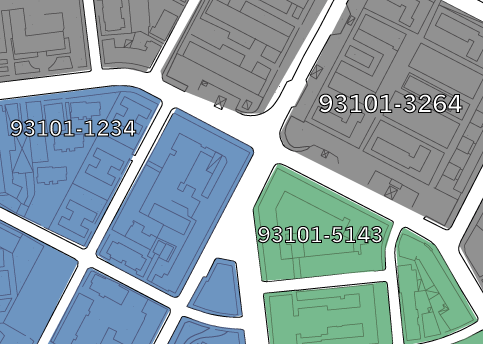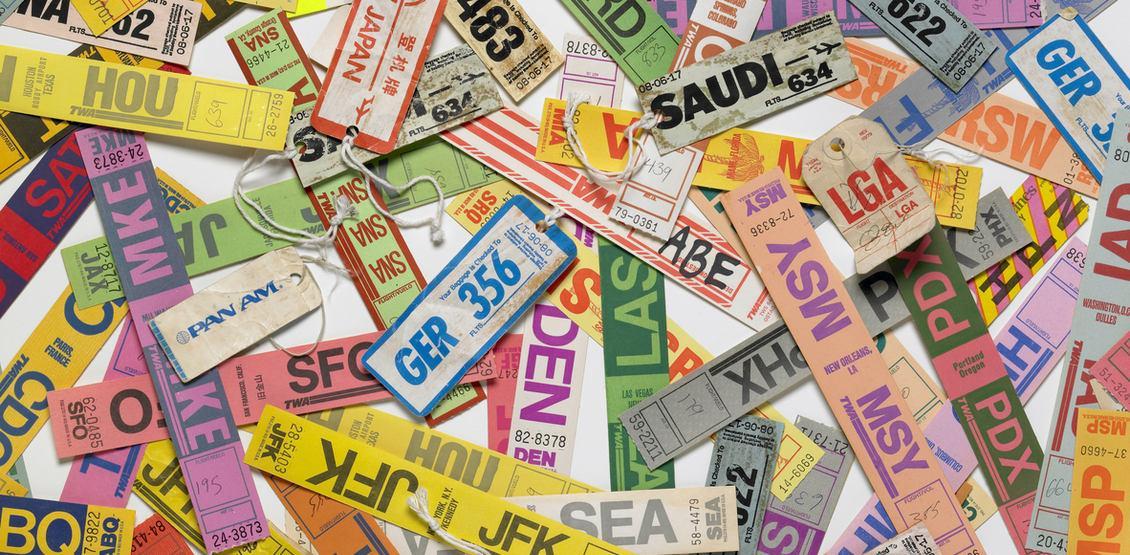Updated from original post Why 5-Digit ZIP Codes Don’t Work, published 09/29/10
According to the 2014 audit report from the United States Postal Service’s Office of Inspector General, approximately 40 million Americans move every year, which results in incorrect shipping addresses and a spike in the number of undelivered mailings. This is on top of undelivered mailpieces caused by illegible, misspelled, and erroneously formatted addresses. In 2013, the U.S. Postal Service dealt with more than 158 billion mailed items, and 4.3 percent of those mailings were deemed Undeliverable as Addressed (UAA).
You certainly wouldn’t want your mail to end up as one of the 6.8 billion UAA items destined for a one-way trip to mail recovery centers, or the so-called “dead letter offices,” where undeliverables are destroyed. Lost, returned, and undelivered mailings can cost you money and lead to potentially catastrophic delays.
To reduce the amount of undeliverables, the U.S. Postal Service established in 1963 the use of the five-digit ZIP (Zone Improvement Plan) code. To further enhance mail handling and delivery, the USPS then launched the ZIP+4 initiative in 1983.
The ZIP+4 System 
Also known as the “plus-four codes” or the “add-on codes,” the ZIP+4 system makes addresses more precise by adding a four-digit identifier to the standard five-digit ZIP code. The basic five-digit codes tend to be inaccurate, because the same five-digit ZIP code can be simultaneously assigned to several cities or correspond to multiple mail delivery routes, making the task of sorting mail ultimately confusing and prone to errors. For instance, the basic five-digit ZIP code 62812 is primarily assigned to Benton, Illinois. The same ZIP code, however, is also associated with other cities in Illinois, namely Barren, Eastern, Rend City, Steel City, and West City.
The ZIP+4 system has been designed to address the inherent limitations of five-digit ZIP codes. In the ZIP+4 system, the additional four digits point to a specific geographic locale within the basic five-digit area. The extra four digits can identify a city block, a group of apartment buildings, or a Post Office Box. They can even refer to an individual recipient of bulk mailings, such as the IRS or a state university. The ZIP+4 system improves the sorting and delivery of mailed items, effectively reducing the amount of undeliverables.
Similarly, the use of extra four-digit identifiers poses its own set of limitations. For example, there is no common rule dictating the add-on codes for each PO Box. Thus, a lookup of the correct ZIP+4 code must be made for every PO Box. Imagine how daunting that task can become, especially if you are making bulk shipments at a time to different PO Boxes whose owners forgot to supply or did not know their ZIP codes. You could waste valuable staff working hours by having to manually look up and validate addresses.
Even if you choose shipping companies other than the U.S. Postal Service, you still need to make use of correct and accurate ZIP codes, complete with the respective ZIP+4 identifiers, because you cannot rely solely on the basic five-digit codes. Shipping carriers like DHL, FedEx, and UPS use ZIP codes to sort packages and calculate shipping rates.
Validate Addresses by Automatically Adding Correct Plus-Four Codes
For your frequent high-volume shipment, it is best to leverage a reliable address validation system that processes addresses in real time. The best and most efficient way to ensure mail and product delivery within the United States is to use a Web service API such as DOTS Address Validation – US 3, which verifies, corrects, and automatically appends addresses to their corresponding contact information records and then standardizes such contact information records against the U.S. Postal Service data.
So, even if your contacts are unable to supply appropriate ZIP codes, Service Objects’ DOTS Address Validation can readily query the USPS database, rectify incorrectly formatted addresses, append the correct five-digit and ZIP+4 codes, and help ensure deliverability.














